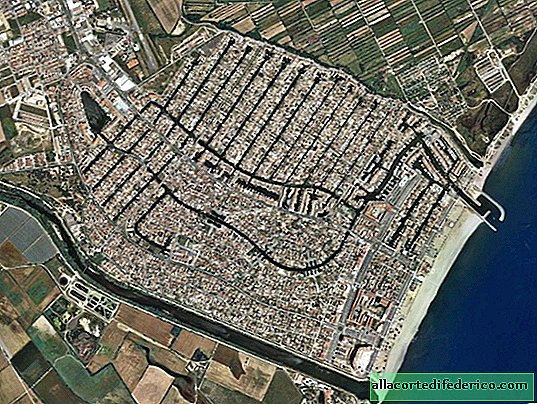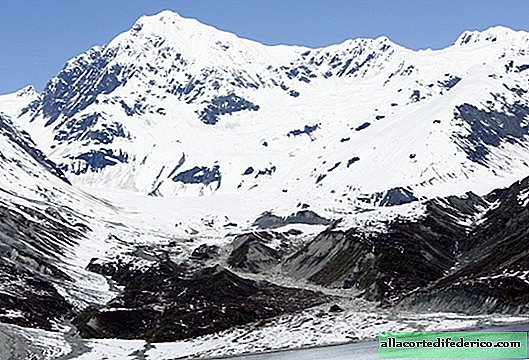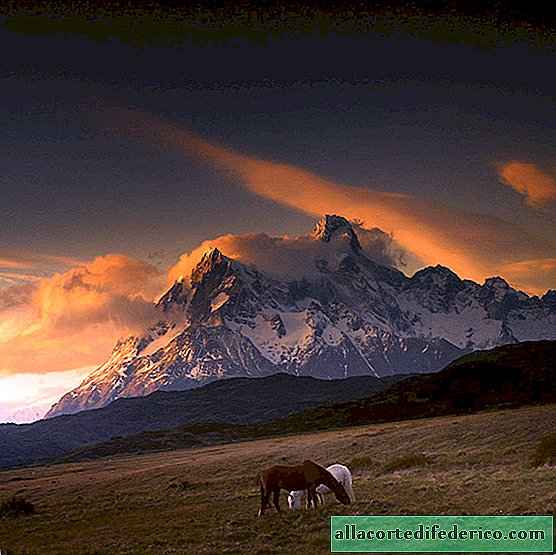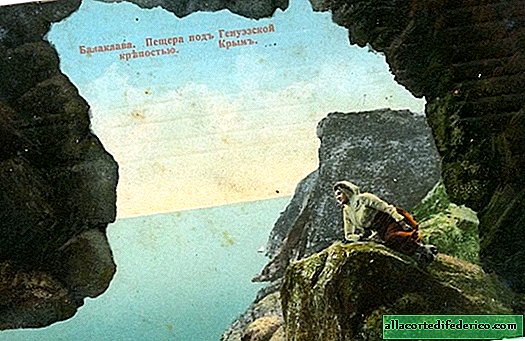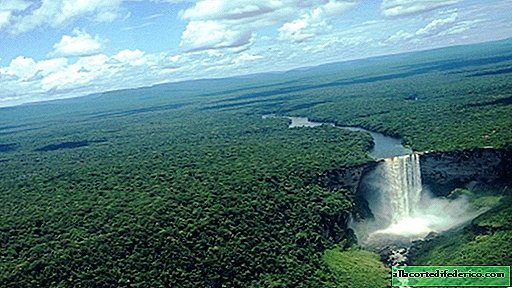Why prehistoric animals were so huge
Prehistoric animals seem to us to be giants that majestically walked our planet millions of years ago. Of course, we have every reason to think so: it’s enough to recall mastodons, mammoths, and the same dinosaurs. For a long time, scientists tried to understand why in those days there were "heroes, not us," and today there are no longer such large creatures. There are several versions. Let's get it right.
From small to large
For a long time, it was believed that prehistoric animals were large due to favorable environmental factors: a high oxygen content in the atmosphere and huge land masses, not yet divided into continents and islands. Then, at the end of the 19th century, the paleontologist Edward Cope expressed a theory that was later called the "Cope rule."

According to this theory, during evolution over time, all animals become larger. People believed that prehistoric animals evolved over thousands of years between mass extinctions, increasing from generation to generation. When the next mass extinction took place, huge animals died, and new, smaller ones took their place, increasing until the next extinction.
Why aren't dogs the size of a house running around the streets today, we are not building shelters from giant pigeons, and people themselves, frankly, are not Gullivers? Cope’s rule also explains this: the last mass extinction, including the destruction of all dinosaurs, occurred 66 million years ago. By the standards of evolution, this is a very short time, so we all just need to be patient.
And who is the champion?
But science does not stand still. And recent studies of fossils have cast doubt on both theories. These studies show that dinosaurs of different sizes coexisted quite well at the same time. And in some cases, over time, they became smaller, and not vice versa.

The adaptability of giant dinosaurs to life on Earth today is explained by their physiology, which resembled the structure of modern birds. It is believed that one of the largest land dinosaurs Supersaurus weighed 45 tons, or like seven African elephants. They had air pockets in their bones, which made their weight easier and prevented them from breaking when they got bigger. Also, these giants possessed very effective lungs that were able to provide heat transfer and oxygen saturation even of such huge creatures.

By the way, by the way about the prehistoric giants. The largest creature that has ever lived on Earth lives on it right now. This is a blue whale, next to which dinosaurs seem like small animals. Up to 30 meters long, this marine mammal can reach a weight of 150 tons, that is, three times more than Supersaurus. The secret of this size is a way of life: in water there is no need to maintain all your weight, so you can be a little "on weight".






